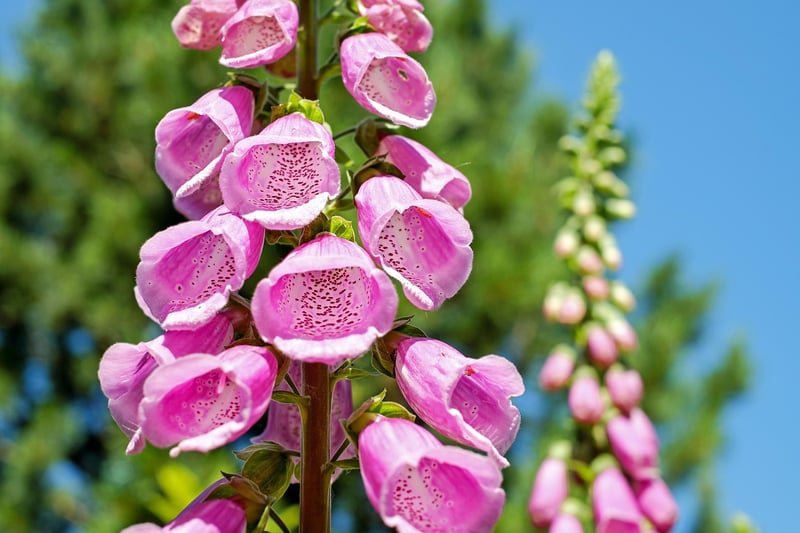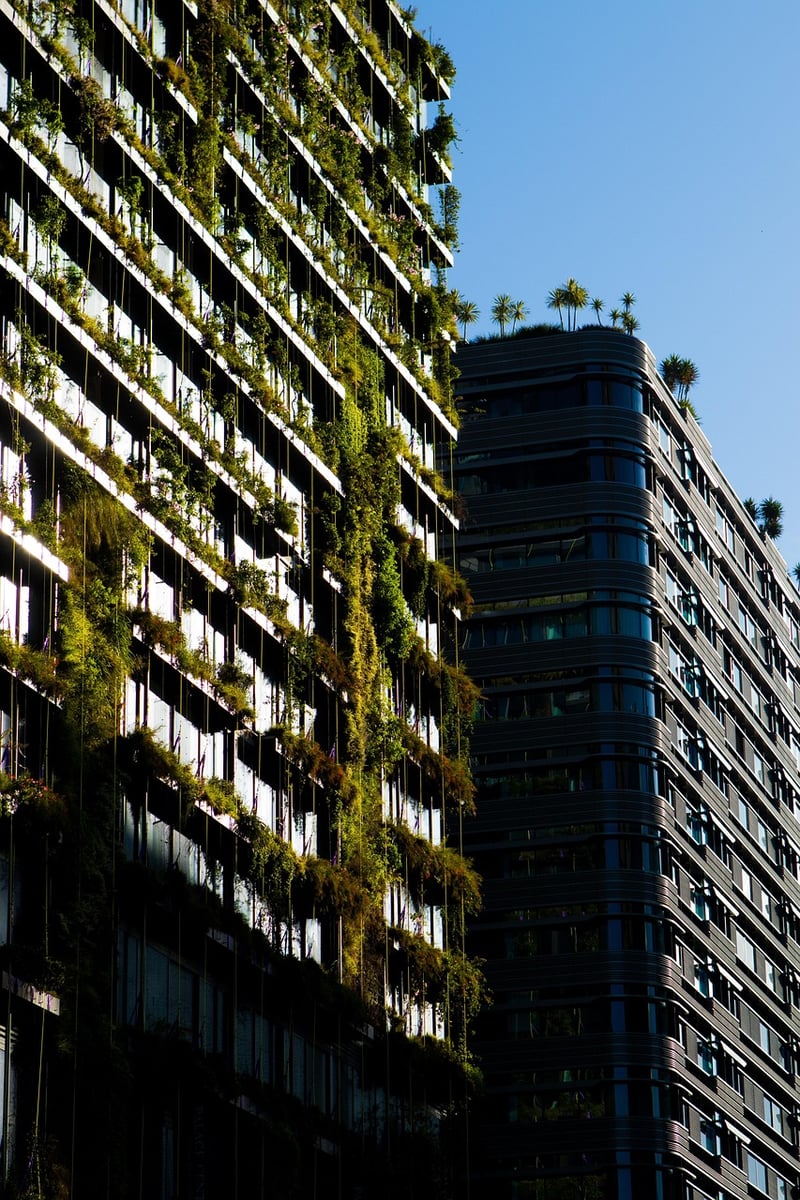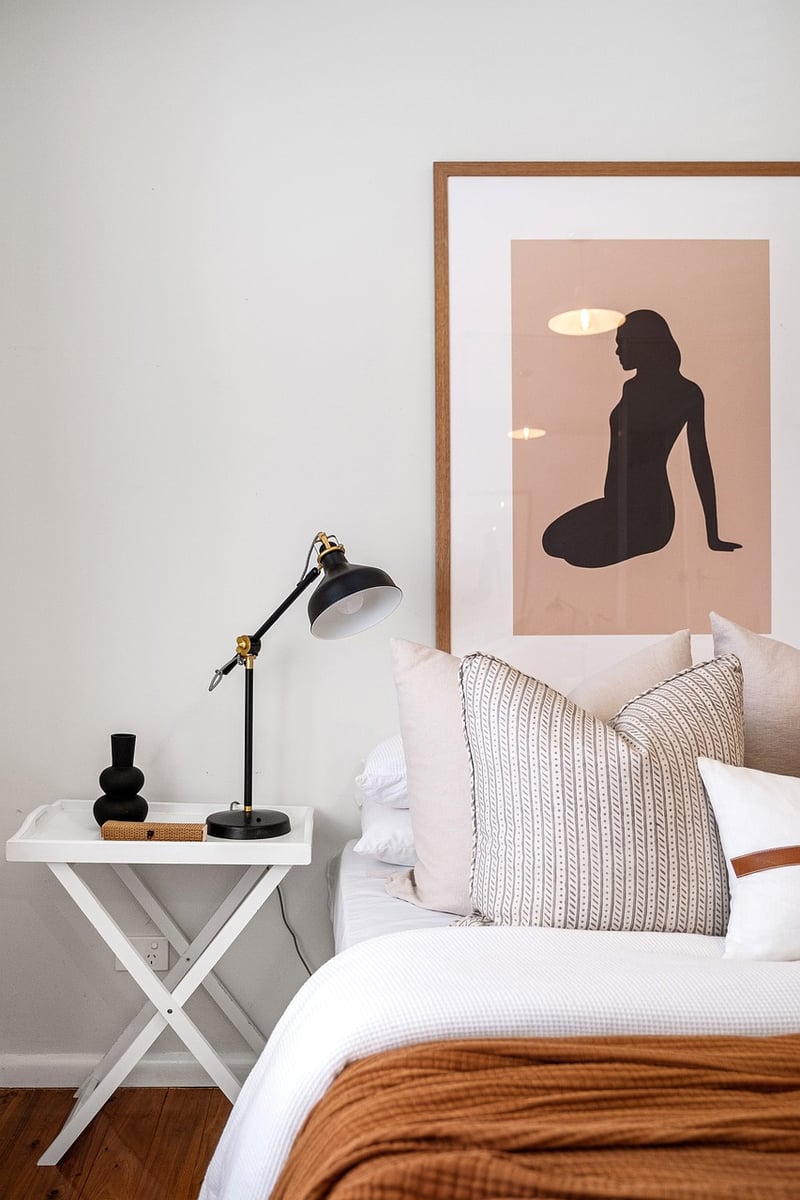Living Walls
Support Systems for Plants: Living Walls
Plants are not only aesthetically pleasing but also essential for a healthy environment. One innovative way to incorporate plants into our living spaces is through living walls. Living walls, also known as green walls or vertical gardens, are vertical structures that contain living plants, creating a vibrant and eco-friendly atmosphere. These green installations not only enhance the visual appeal of a space but also offer a range of benefits for both the environment and the occupants.
Benefits of Living Walls
Living walls provide numerous advantages, including:
- Improved Air Quality: Plants help purify the air by absorbing harmful toxins and releasing oxygen, creating a healthier indoor environment.
- Noise Reduction: The dense foliage of living walls can act as a sound buffer, reducing noise pollution in busy urban areas.
- Temperature Regulation: Green walls can help regulate indoor temperatures by providing insulation, reducing energy consumption for heating and cooling.
- Enhanced Aesthetics: Living walls add a touch of nature to any space, creating a calming and visually appealing atmosphere.
- Biodiversity Support: Vertical gardens can attract beneficial insects and birds, promoting biodiversity in urban environments.
Support Systems for Living Walls
Creating and maintaining a living wall requires proper support systems to ensure the health and longevity of the plants. Some common support systems for living walls include:
- Vertical Structures: Living walls can be installed on various vertical structures such as walls, fences, or specially designed frames.
- Irrigation Systems: Automatic irrigation systems are essential for ensuring that the plants receive adequate water without the need for manual watering.
- Plant Selection: Choosing the right plants that are suitable for vertical growth and can thrive in the given conditions is crucial for the success of a living wall.
- Lighting: Proper lighting, either natural or artificial, is necessary to support plant growth in indoor living walls where natural light may be limited.
Examples of Living Walls
Living walls can be found in various settings, including residential spaces, offices, public buildings, and outdoor landscapes. Here are some stunning examples of living walls:
Example 1: Vertical Garden in Office Lobby

Example 2: Outdoor Green Wall in Urban Park

Conclusion
Living walls offer a sustainable and visually appealing way to incorporate greenery into indoor and outdoor spaces. By understanding the benefits of living walls and implementing the right support systems, individuals and organizations can create lush environments that benefit both people and the planet.
